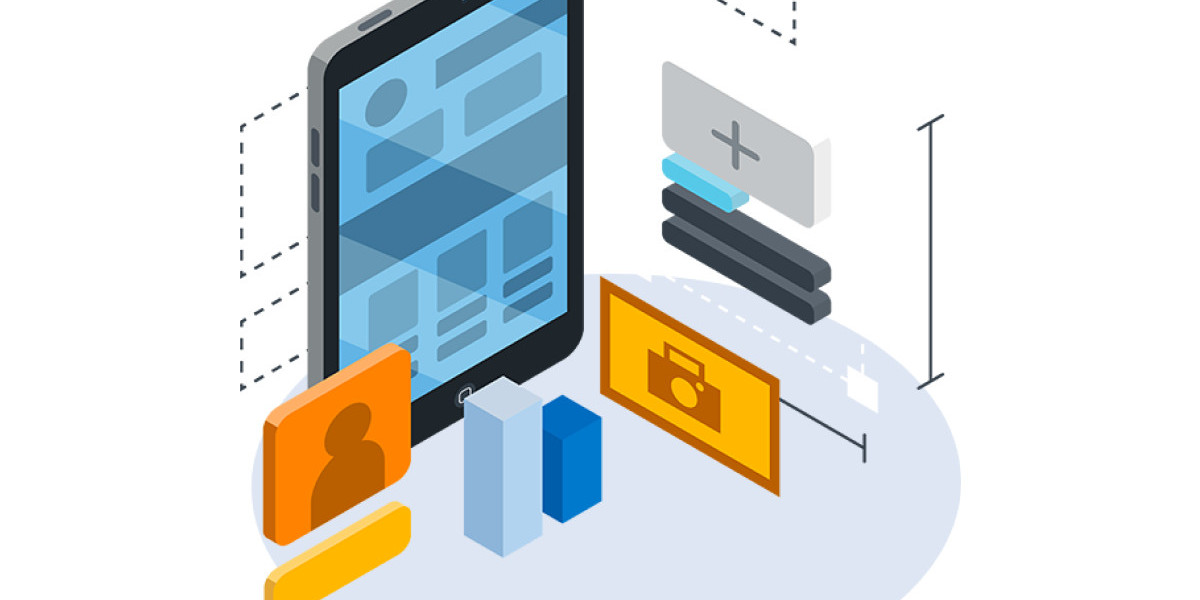“Hiring software engineers with specialization in Python” is definitely a hiring requirement from the past. The days of straightforward job descriptions for software positions are long gone. Just as software applications have become layered, the requirement for developers or coders is also a complex mix of skills. And if you have been sifting through the hiring pages on LinkedIn in this category, then the term ‘full-stack developer’ must have crossed your screen. However, what exactly is full-stack development and how does it differ from other types of software development? We’re here to answer all the questions you might have regarding a career in this field.
How does full-stack development work? Before we provide a definitive response to the question "what is full-stack development," let's examine the components that make up web development. Any kind of software application comprises three distinct components:
Front-end Layer: It is the user-facing part of the application that takes into account User Experience (UX) and User Interface (UI). It includes coding languages such as HTML, CSS, and JavaScript.
Back-end Layer: These are the parts of the application that the user can't see or touch. However, running the application requires them. Frameworks and languages like Node, Flask, C++, Java, and Django are included. The application's database layer stores all of the data necessary for its operation, including user information, user requests, and so on. The majority of it are structured query languages (SQLs). A developer who can work in all three of these areas is considered to be a full-stack developer. Mind you, a full-stack developer is not an expert in all these three areas. However, they have a basic understanding of all three components and hence, they can supervise or collaborate across a range of projects. Click here for more information about full-stack development. Coding Course by MIT xPRO - May 8, 2025MIT xPRO
MIT xPRO
Professional Certificate in Coding: Full Stack Development with MERN
Back-end versus front-end Full-Stack Web Developers
Professional Certificate in Coding: Full Stack Development with MERN at MIT xPROThe distinction between front-end, back-end, and full-stack developers becomes easy to understand when we put it in context. The difference between these is as follows:
Front-end Developer: is a professional who specializes in designing and developing the front-end of a website or web application. Knowledge of HTML, CSS, and JavaScript is required for this. It would also require a sound understanding of UX and UI.
Back-end Developer: is a professional who works with the coding and development of the back-end or business side of a website or application. This requires in-depth knowledge of Node, Flask, C++, Java, and Django.
Full-stack Developer: is a professional who has knowledge of both front-end and back-end development as well as database languages and frameworks. In conclusion, a full-stack developer can work on an application or website from beginning to end. What is the work of a full-stack developer? Now that we have an understanding of ‘what is full-stack development’, the logical next step is to know what they do. Why should a company hire a full-stack developer? To set the context, the role of a full-stack developer is not a regular coding job. It requires experience and knowledge of many different programming languages, frameworks, and technologies. Hence, the more senior roles are usually reserved for full-stack developers.
The role of a full-stack developer would include the following:
Code the more complex programs for all three layers of the website or application.
Troubleshoot any problems in the different layers of the application or website.
Coordinate the process of developing a website/application with front-end, backend, and database developers.
Set up rigorous testing formats for applications/programs to have a handle on quality.
debugging and responding to database queries as required. Laying out the roadmap for the future needs of the application/website
coding courses online
What skills does a full-stack developer need?
Skills have a very pertinent role to play in a full-stack developer’s career. They are expected to have a wide range of technical skills by definition of their profile. While they may not be a master of all these technical skills, they must have working knowledge of the following:
1. HTML
Used primarily in developing interactive web applications, HTML is the backbone of front-end operations. Hence, it is a must-have skill in a full-stack developer’s kitty.
2. CSS
Cascading Style Sheets (CSS) is essentially the digital equivalent of a style sheet that is used to set the look and feel of a website.
3. JavaScript
JavaScript, which is a programming language, is another basic requirement for full-stack developers. This programming language is essential for all dynamic features of a website or application.
4. DOM Manipulation
Document Object Model (DOM) Manipulation is an Application Processing Interface (API) for HTML and XML. It stores the documents with HTML and XML extensions in the database.
5. SQL/NoSQL
Because it is one of the best ways to sort through data in the database layer, SQL and NoSQL are essential skills for any full-stack developer. 6. Java
Java is a programming language that stands as a cornerstone of any modern website or application. A developer cannot oversee backend operations without Java. 7. Object-Oriented Programming
Object-Oriented Programming (OOP) is the process of arranging data around objects or concepts instead of functions and logic. It makes navigation easier and improves UX.
What are the different types of full-stack developers?
In response to the question "what is full-stack development?" we realized that it requires familiarity with the front-end, back-end, and database layers of a website or application. However, there are other lenses through which we can look at full-stack development too; different stacks, for example.
In its most basic form, a stack is a collection of technologies that make up the three distinct layers of a website or application. While the layers remain the same, different technologies can be used for each. MERN, for instance, is a blend of Express, MongoDB, React, and Node. Different full-stack developers specialize in different (can be more than one) stacks.
The following are some of the popular stacks that full-stack developers specialize in:
MEAN Stack
MERN Stack
LAMP Stack
LEMP Bundle Elixor with a full stack Python with a full stack Full-stack Java
Django's full stack








